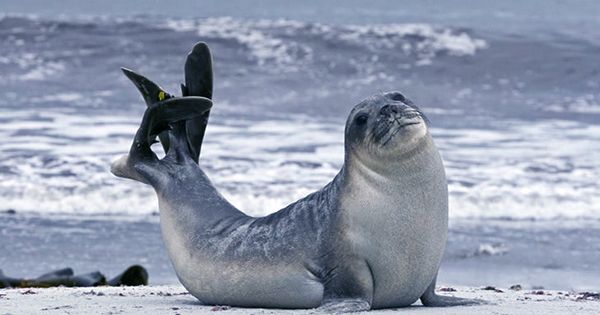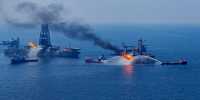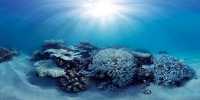Arctic sea ice crashes have closely monitored from melting satellites and we have a good idea of what is going on in Greenland. The Antarctic ice state is much more competitive; however, many important steps in the process occur in places that are hard to study. The Pine Island Glacier is melting faster than previously thought, scientists have discovered. By employing seals as research assistants to this disturbing discovery, they connected marine surveillance devices to record the condition of those who were swimming through the water.
Some particularly important, but difficult to access, locations are below the surface where seawater meets the top edge of the glacier. Melting here is natural, but how fast it occurs One of the most important factors determining the fate of coastal cities and other low-lying areas is a century The world’s most inaccessible and ice a few hundred meters below sea level, it is not easy to measure, especially in winter. The seals, however, like these waters so Dr. Yixi Zheng of the University of East Anglia realized they could lend a flipper. After all, it his or her ecosystem is at risk just like anyone else. Zheng and colleagues attached devices to measure water temperature and salinity in seven elephant seals and seven waddle seals living in the Amundsen Sea.
Communication: On Earth and the Environment, Zheng News reported that the return of the seals is worrying, though far from the final word. The Pine Island Glacier is a large West Antarctic glacier known as the fastest melting continent on the continent. However, Zheng and colleagues have found that even these observations can reduce the amount of molten water they produce. About 450 meters (1,500 feet) below sea level, Zheng found a layer of relatively salty water that probably melted in the lower parts of the glacier for the time being. The columns give the sea a point where this molten water reaches near the surface, but the deep molten layer extends further from the front of the glacier than the shallow layer of fresh water, which is something that not suspected.
This is not a bad thing at all, as increasingly melting water brings with it nutrients. Zheng said in a statement, “Nutrients related to molten water can increase the growth of marine plankton, such as algae.” As a result, overall food security in the region may increase. Conversely, recently molten water is warmer than the surrounding seawater, which can stay well below zeroºC but kept liquid salt. As a result, increasingly molten water hinders the formation of sea ice and interferes with the circulation of the ocean.
It is easiest to detect the signature of melted water in winter when there is no sunlight to create a similar effect on the upper layer, but extreme conditions have prevented the investigation. The team’s observations conducted over a winter, so we do not know what they observed was part of a growing trend, an external or something we did not know before.















